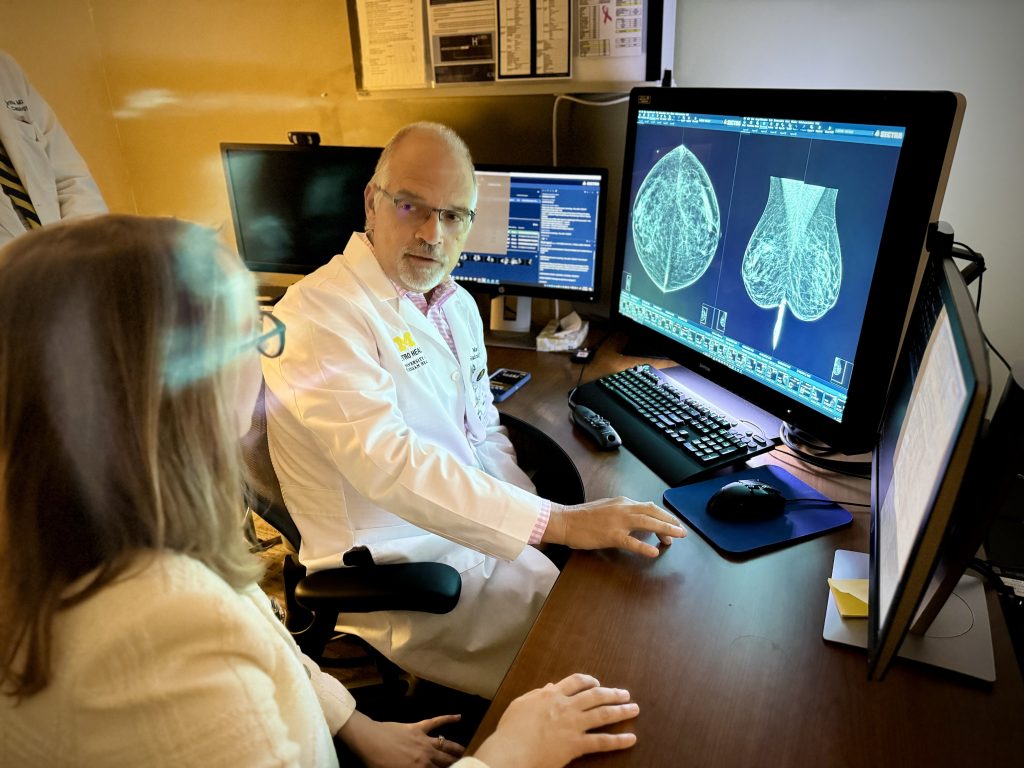
October is Breast Cancer Awareness Month and much of the conversation centers around screenings, early detection, and prevention. However, breast health is more than just cancer screenings—it is a lifelong journey that spans several stages, each with unique changes and considerations. Understanding these shifts can help women and caregivers stay informed and proactive about overall breast health.
From Puberty to Early Adulthood
Breast development typically begins between ages eight and 13, often starting unevenly between the two breasts. It’s common for parents to raise concerns when development appears asymmetrical, but this is usually normal. By the late teens to early 20s, breasts reach full development, marking a good time for women to become familiar with their anatomy. Regular self-examinations help establish a baseline of what feels and looks normal, making it easier to notice any unusual changes.
Though mammograms aren’t yet necessary at this stage, family history and genetic predispositions are essential considerations. For those with higher genetic risk, early screenings may be recommended.
Pregnancy, Breastfeeding, and Hormonal Shifts
During pregnancy and breastfeeding, significant hormonal changes occur. Milk-producing glands, called alveoli, become more active, and breasts may experience an increase in size and sensitivity. After breastfeeding ends, the breasts often change shape, appearing less dense or “deflated,” although this varies among individuals.
Pregnant or breastfeeding women must remain vigilant about any unusual changes, such as unexplained lumps, skin changes, or bloody discharge, as breast cancer can still develop during these stages.
Midlife and Menopause
The next major transition occurs during perimenopause and menopause, when declining estrogen levels lead to a loss of breast tissue and fat. Breasts become less firm and begin to sag, which is a natural part of aging. At this point, starting at age 40, annual mammograms are typically recommended. For women with dense breasts, additional imaging may be necessary to detect abnormalities more accurately.
Screening in Later Years
As women age, mammograms and self-exams remain vital tools for early detection. However, screenings may become less relevant when life expectancy is below ten years, or if the individual chooses to forgo further evaluations. These decisions are personal, and women are encouraged to have thoughtful conversations with their healthcare providers.
Healthy Lifestyle Habits for Breast Health
Regardless of age, healthy lifestyle choices can promote optimal breast health. Avoiding smoking and excessive alcohol, maintaining a healthy weight, eating a balanced diet, and staying physically active are all key. Emerging research also suggests that including cruciferous vegetables, such as broccoli and cabbage, in the diet may help reduce cancer risk.
By staying informed and engaged with these changes throughout life, women can take charge of their breast health at every stage.